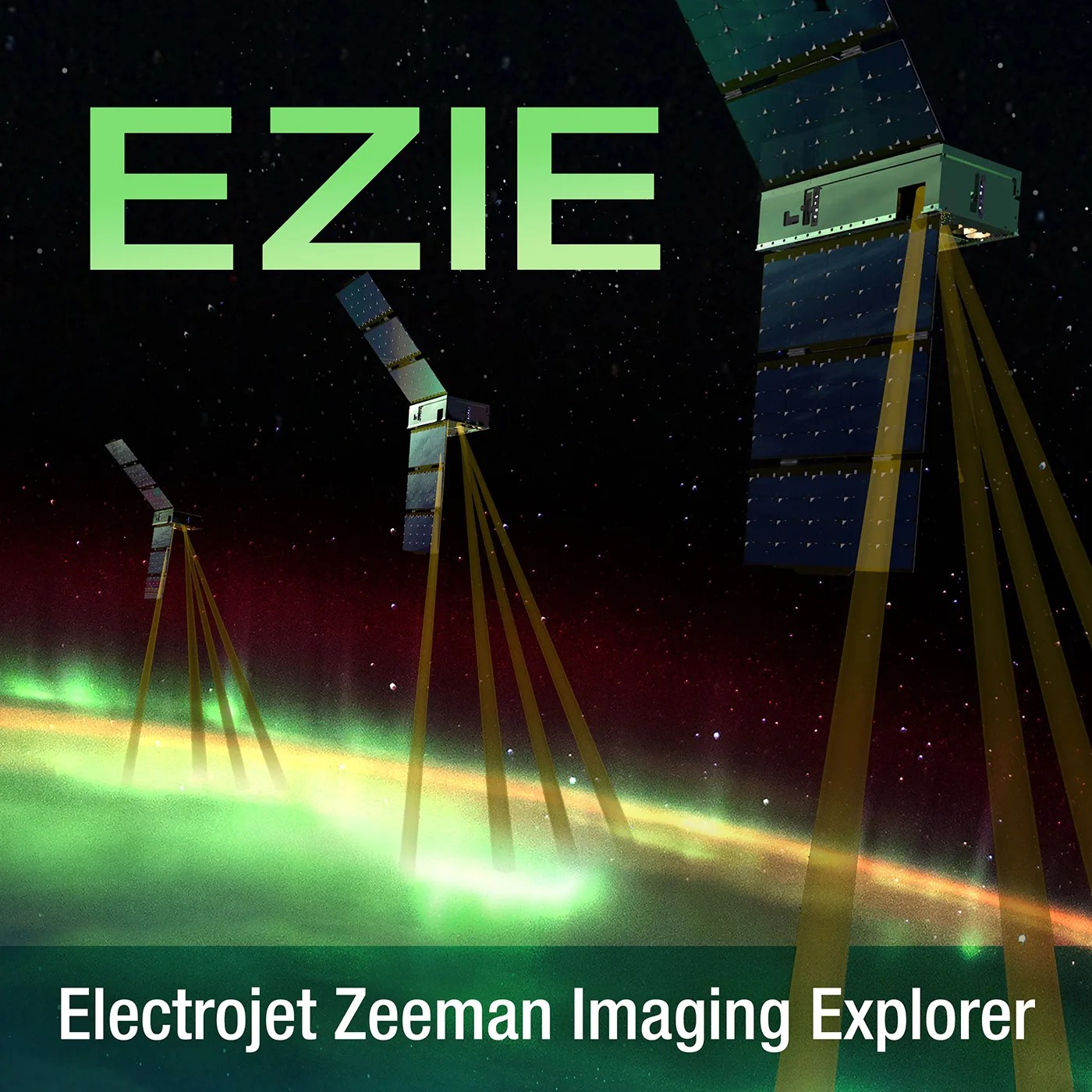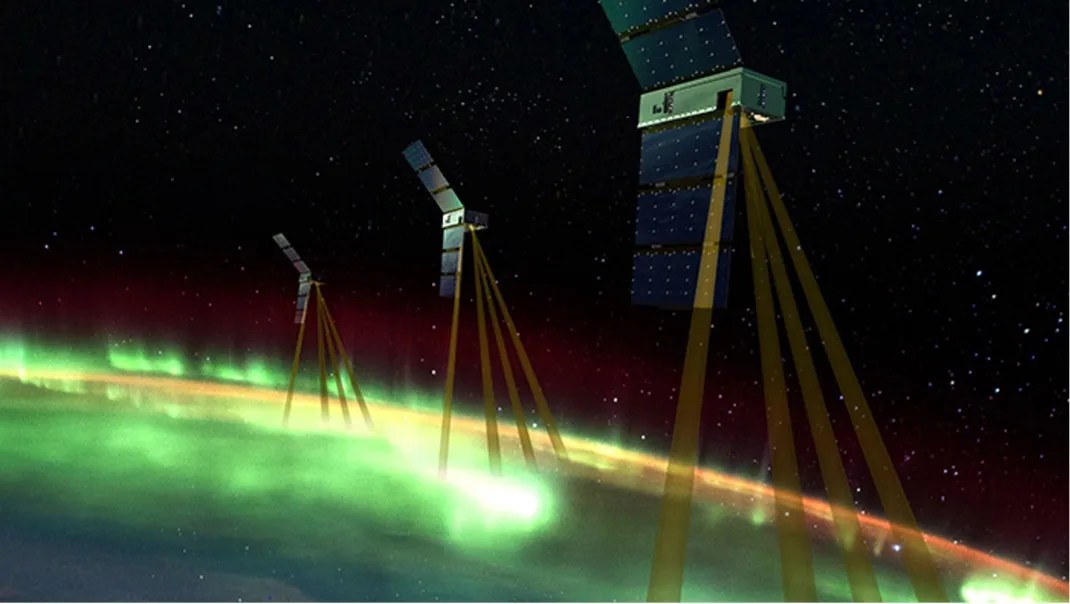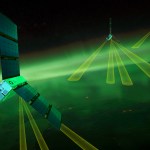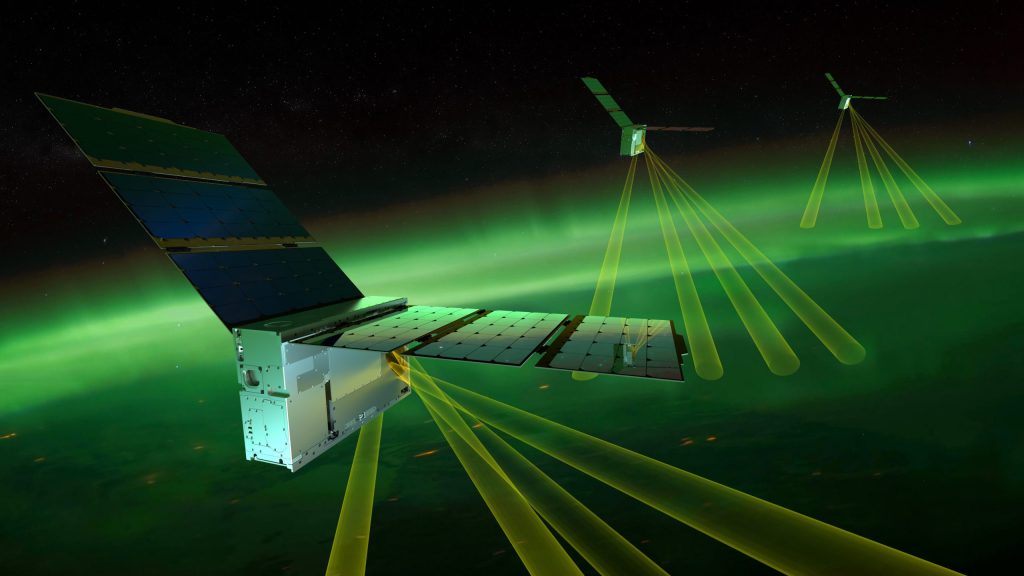EZIE
Electrojet Zeeman Imaging Explorer

The Electrojet Zeeman Imaging Explorer, EZIE, is a heliophysics mission to explore the Sun and the system that drives space weather near Earth. A small mission with a big science return, it’s a set of three SmallSats designed to study the auroral electrojets, which are electrical currents flowing about 60 to 90 miles above the poles that link the beautiful aurora to Earth’s magnetosphere, and which responds to solar activity and other drivers. The mission will help scientists understand the Sun and Earth as an interconnected system as NASA is yet to understand the basic configuration of the electrical currents, which are central to the interactions between Earth and the surrounding space. This applies to any magnetized body such as Mercury, Saturn, and Jupiter.
Every second, up to 2 million metric tons of charged particles stream from the Sun at 1 million miles per hour in what’s called the solar wind. During geomagnetic storms, those particles flow into Earth’s upper atmosphere and create electrojets over the poles, triggering spectacular auroras but also posing a threat to our assets in space and vital infrastructure on the ground.
The trio of EZIE CubeSats fly 260–370 miles (420–590 kilometers) above Earth’s surface, providing a unique view of the electrojets, which flow too high for aircraft and too low for traditional satellites to directly measure. By observing the electrojets’ structure and evolution, scientists can resolve longstanding mysteries about the vast electrical current circuit that flows between Earth and the surrounding space. EZIE’s observations will also help researchers develop more accurate and powerful models to predict space weather events that affect our society.
EZIE launched in March 2025. The principal investigator for the mission is Jeng-Hwa (Sam) Yee at the Johns Hopkins Applied Physics Laboratory in Laurel, Maryland.






































